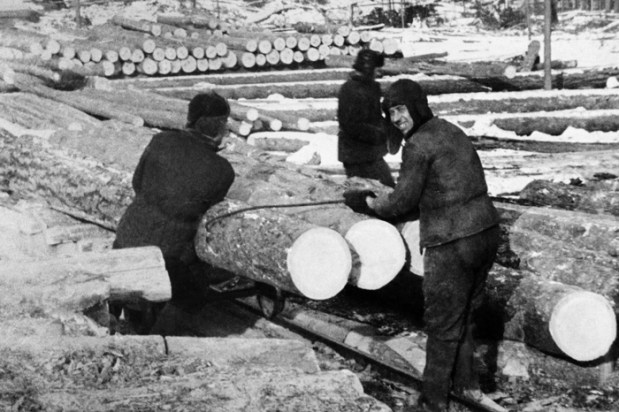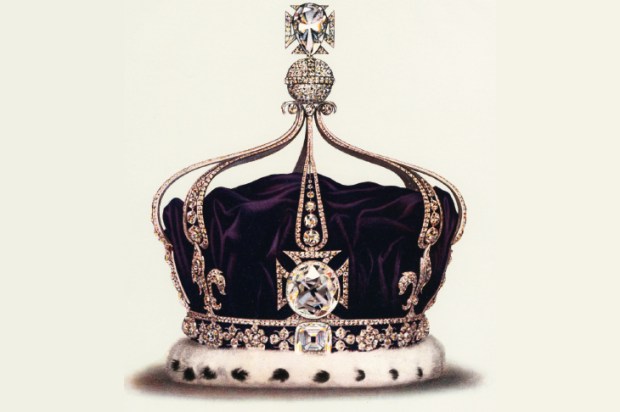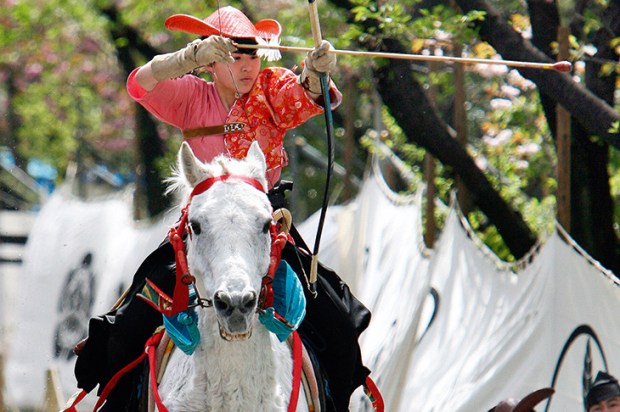Adam Thorpe’s latest novel, Missing Fay, examines the lives of a disparate group of people in Lincolnshire, all touched in some way by the disappearance of the titular Fay, a sparky, gobby 14-year-old girl from a council estate. This is an England of motorways, dull campsites, immigrants and nursing homes: where transience is the norm, where those who sit still gently simmer. The landscapes and interiors are rendered with the delicate strokes of a painter, whether the bucolic tainted by sudden violence, the ancient streets of Lincoln, or the underpasses and playgrounds haunted by local youths. In contrast, played out on televisions in the background, are the Davos summit and the kinds of talent shows that promise instant fame.
Thorpe is a master of quiet ironies, of exquisite detail. The book is essentially powered by the mounting sense of unease gathering around Fay’s fate, but each of his characters, who may or may not be involved directly, displays moments of startling brightness or despair: in short, he captures the constantly shifting calibrations of the human brain as it goes about its daily existence, and the sounds of people shoring up fragments against their ruin. He invests his cast — the mother with dementia, the children’s shop owner, the ambitious, homesick nurse — with such tender, nuanced sympathy that you ache for them to succeed in their tasks, however small or large: to make a sale, to find a friend, to live.
The book is also about the way that signs are misread: the gap between what we see and say, and what we understand; the way that we see significance in the wrong place, or at the wrong time. When eco-warrior David spots the poster showing the missing Fay, he reads her (wrongly) as a ‘nice middle-class English girl’; Chris, a trainee monk who’s fled a comfortable career in television, is inspired by her face towards ecstatic, possibly prophetic, visions; a mobile phone given by a seller of secondhand books to a Romanian nurse has the opposite effect to that intended; Fay herself, fed dreams of fame by the television, is unable to make her dog obey even the simplest order.
All of these careful slippages directly feed into the central plot. There are also several subplots echoing the main one, each clustered around Fay, and each invested with its own power. The suspects mount up. Is it Howard, the kindertransport survivor, crouching in the shrubbery? Is it the black-coated youth, whose sexual predilections become odder and odder? Is it the shambling bookseller, whose grip on reality seems to be fading? A tiny direction — for example, that someone owns a blue van — sends ripples of delicious anticipation down the spine. But of course, it may just be Thorpe masterfully misdirecting.
None of this really matters, though, as the book is far more than a thriller. Symbols rise and fall throughout the text — a swan, a lake — taking on new meaning each time. This is a mysterious, lucent novel, compelling in its tautness, devastating in its wisdom. I hope it wins prizes.
Got something to add? Join the discussion and comment below.
Get 10 issues for just $10
Subscribe to The Spectator Australia today for the next 10 magazine issues, plus full online access, for just $10.
You might disagree with half of it, but you’ll enjoy reading all of it. Try your first month for free, then just $2 a week for the remainder of your first year.














Comments
Don't miss out
Join the conversation with other Spectator Australia readers. Subscribe to leave a comment.
SUBSCRIBEAlready a subscriber? Log in